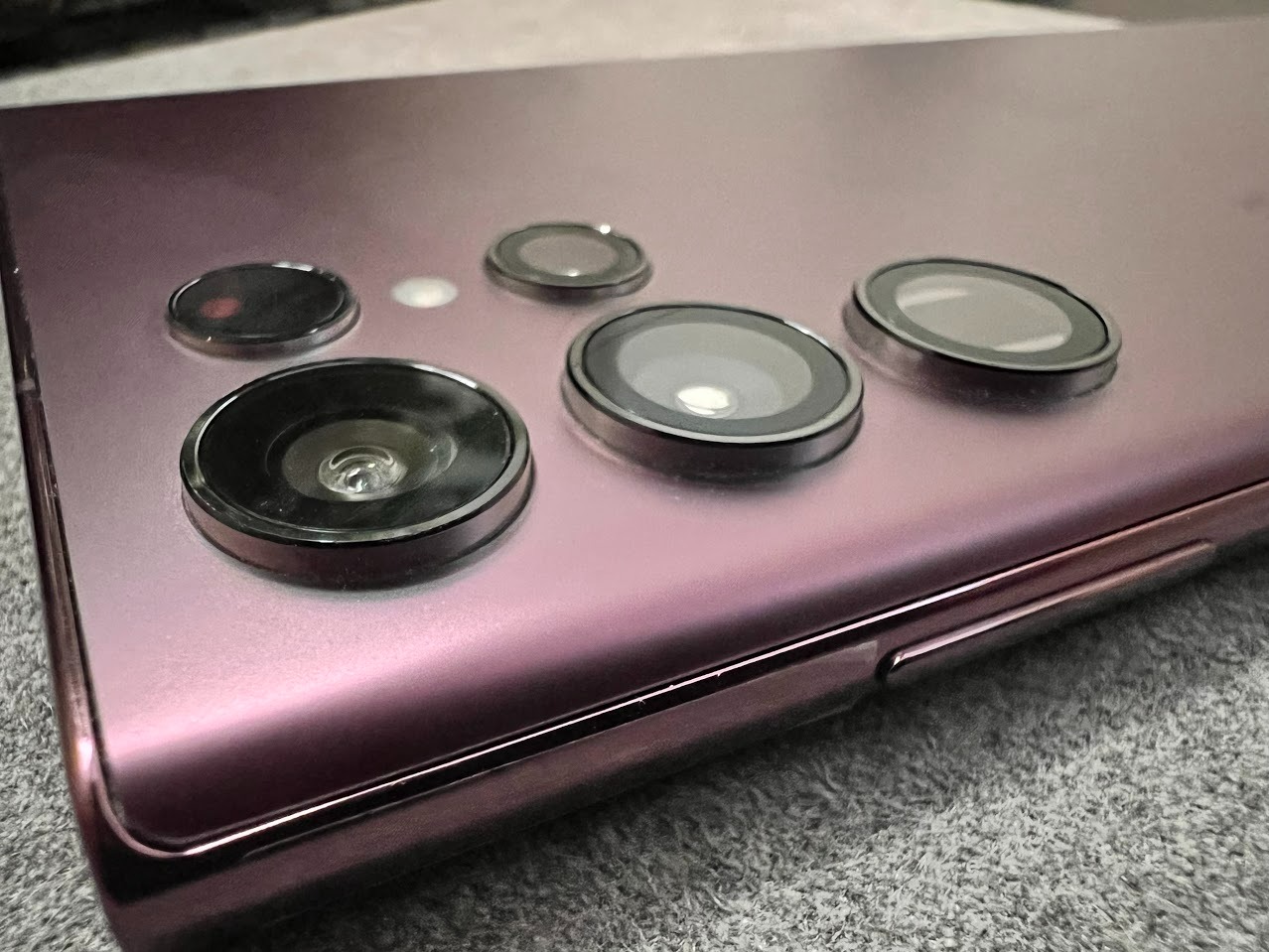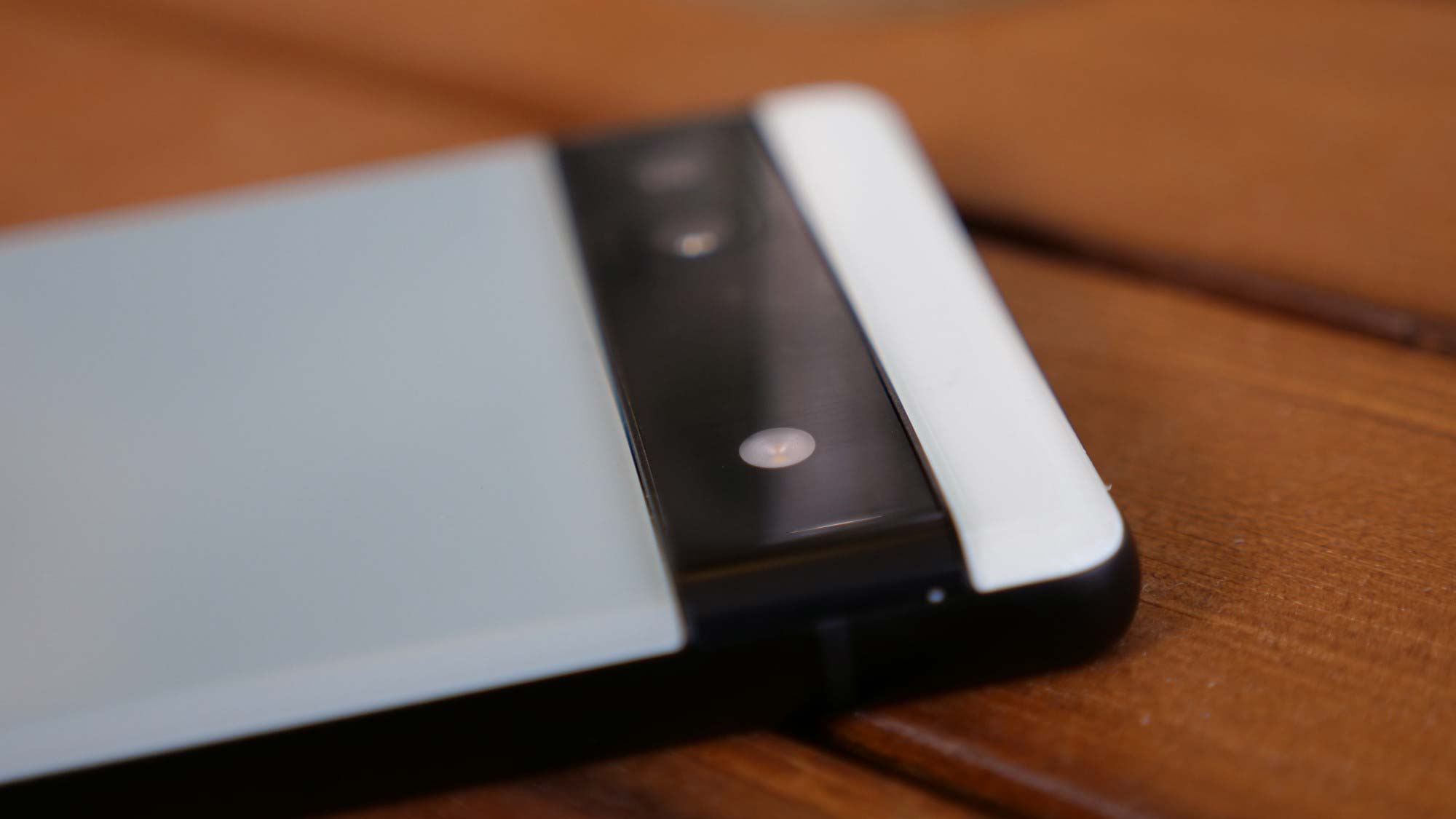200MP smartphone cameras are going to be mid — fight me
There’s trouble brewing for 200MP shooters

The Samsung Galaxy S23 Ultra is set to be the first big phone release with a 200MP camera. But there’s a problem: 200MP cameras are sort of average.
Sure, “200MP” is another striking number to stick on a spec sheet and wow people into buying the phone, but what do you get for that? From our experience, you’re getting noisier, more artificial-looking photos, and it’s going to take the industry a while to fix the key issues.
What’s the problem?
Megapixels sound great on paper, but there is such a thing as too many and therein lies the problem. Cramming more onto a sensor will make the camera more sensitive to noise and less so to light.
Granted, companies try to get around this with pixel binning, which essentially combines a number of pixels into one through software. That does eliminate some of the problem, but what we’re seeing.

Among those who’ve tested these higher resolution cameras, however, concluded that there isn’t a significant difference. As the software goes into overdrive, some say there’s an overly artificial aesthetic to the pictures as the software goes into overdrive.
You’re not just seeing this in 200MP phones, though, as people are preferring the more natural tones of the 12MP iPhone 13 Pro compared to the 48MP iPhone 14 Pro. It’s almost like the phone is working too hard against the constraints of the megapixel count vs. the lens’ aperture and sensor size.
In our review of the Xiaomi 12T Pro, we applauded the camera’s detail and its ability to be used as a telephoto because of the crispness of the lens (probably the real benefit of this tech). But in standard shooting, performance doesn’t necessarily outstip its lower-resolution competition.
Stay in the know with Laptop Mag
Get our in-depth reviews, helpful tips, great deals, and the biggest news stories delivered to your inbox.

And you can see that people prefer truer colors, better low light performance, and a less processed finish over raw megapixel count. Need proof? Check out the winner of MKBHD’s blind smartphone camera test of 2022. Yep, the Pixel 6A — the same 12MP sensor that’s been around since the Pixel 3!
Outlook
Don’t get me wrong. The increase will result in plenty of clarity, and to the average joe who picks up one of these phones, the noise imperfections caused by trying to pack more pixels into something as small as a smartphone camera are not going to be noticeable.
But color and contrast matter. As we try to do more in the same amount of space, and rely a lot more heavily on software to try and give us the “perfect” photo, the end result is not going to have the same natural color and contrast that we all want from a good smartphone shooter.
Will the industry fix it? Sure, over time. But my bet is probably going to be that while you’ll be able to do some insane zooms with a 200MP lens, it’s going to be pretty mid in regular use.

Jason brought a decade of tech and gaming journalism experience to his role as a writer at Laptop Mag, and he is now the Managing Editor of Computing at Tom's Guide. He takes a particular interest in writing articles and creating videos about laptops, headphones and games. He has previously written for Kotaku, Stuff and BBC Science Focus. In his spare time, you'll find Jason looking for good dogs to pet or thinking about eating pizza if he isn't already.
